Quality quick check – Native resolutions vs. upscaling: image comparison
I don’t want to unleash the first part on you without a first insight into the image quality. Important: What comes next are a few static pictures, so that you can at least somewhat classify today’s performance comparisons. Everything else will come in the second part. Attention with FSR 1.0 and 2.0 extra sharpening is possible. For this purpose, a controller was integrated as standard and set to level 10. This is how I tested and recorded. DLSS does not currently offer this option, but knowing NVIDIA, they’ll make up for it pretty quickly!
2160p native vs. DLSS 2.3 vs. FSR 2.0 vs. FSR 1.0
I’ll go straight into the thick of things and show you the three opponents in direct comparison. First comes the Quality Comparison (Attention: with FSR 1.0 = Ultra Quality)
Left FSR 2.0, center DLSS and right FSR 1.0. Honestly, here you can also look for the needle in the haystack! In 4K, none of this is an issue if you use the highest quality for upscaling. This can also be done with RSR and NIS! Now comes the performance comparison.
That’s the reason why I can’t avoid a second part at all. Because you can’t really see any difference between FSR 2.0 and DLSS 2.3 in the Performance level. At least statically not! FSR 1.0 is already clearly beaten here! (Loss of detail, edges disappear, etc. – eyes on the hanging lamp in front and the map on the wall, that’s enough)
If you are interested in the comparison to the native 2160p resolution, you can take a look at the gallery. Here you always see the comparison native vs. quality vs. performance.
I find both FSR 2.0 (Quality) and DLSS 2.3 (Quality) – with their respective in-house anti-aliasing – can produce a better image than native 2160p. Hats off!
1440p native vs. DLSS 2.3 vs. FSR 2.0 vs. FSR 1.0
I’ll stick with the same scheme as 2160p. quality level comparison – let’s go!
It’s amazing how well FSR 1.0 Ultra Quality can keep up with the two temporal upscaling techniques. Thanks to the resharpening, you can still let it pass. Now comes the performance comparison…
Unfortunately, it’s over here, and no more sharpening will help. FSR 1.0 is unfortunately out! FSR 2.0 is much better and comes very close to DLSS 2.3. If you zoom into the picture a bit, you will find the white fan. That’s where the strength of DLSS comes into play.
Again, the gallery for native comparison:
So, what do you guys think?
1080p native vs. DLSS 2.3 vs. FSR 2.0 vs. FSR 1.0
From now on, it gets really intense. Who has it with the eyes, glasses do not forget and who has no glasses so far, you need an optician afterwards! Haha… Quality comparison on the squares – Ready and…
With the highest quality levels, DLSS and FSR 2.0 can still be recommended. If you absolutely need the FPS and can only use FSR 1.0/RSR, you can probably still manage with it. Performance comparison in 3.2.1… Eyes closed and through!
Already really creepy! FSR 1.0 already looks really bad statically, but wait and see the dynamics. DLSS clearly emerges as the winner in my view. Nevertheless, AMD has managed a real leap forward with FSR 2.0. Keep it up!
As usual, here is the native comparison in the gallery:
Everyone can comment on that for themselves, please. I know why I only play 1440p or 2160p now! That should be enough for today, then please the last page.

















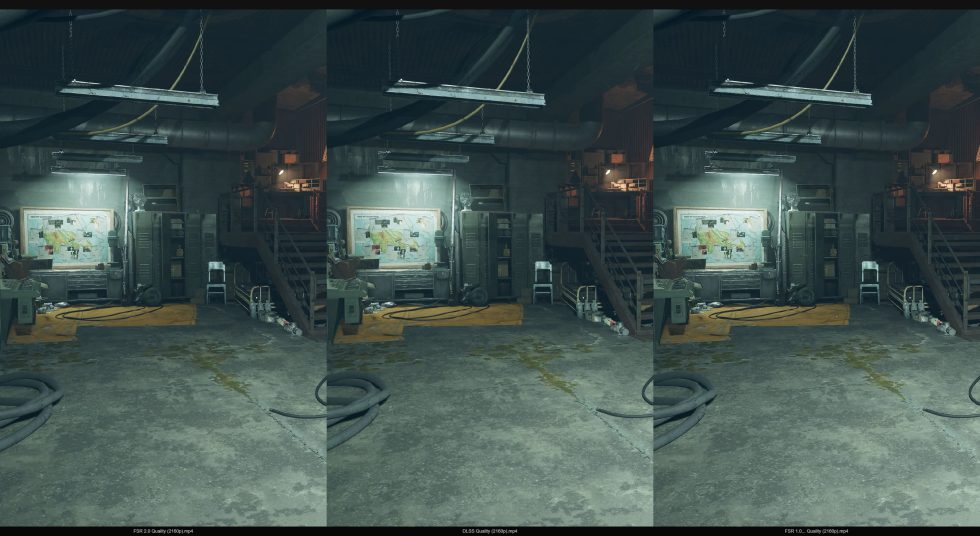
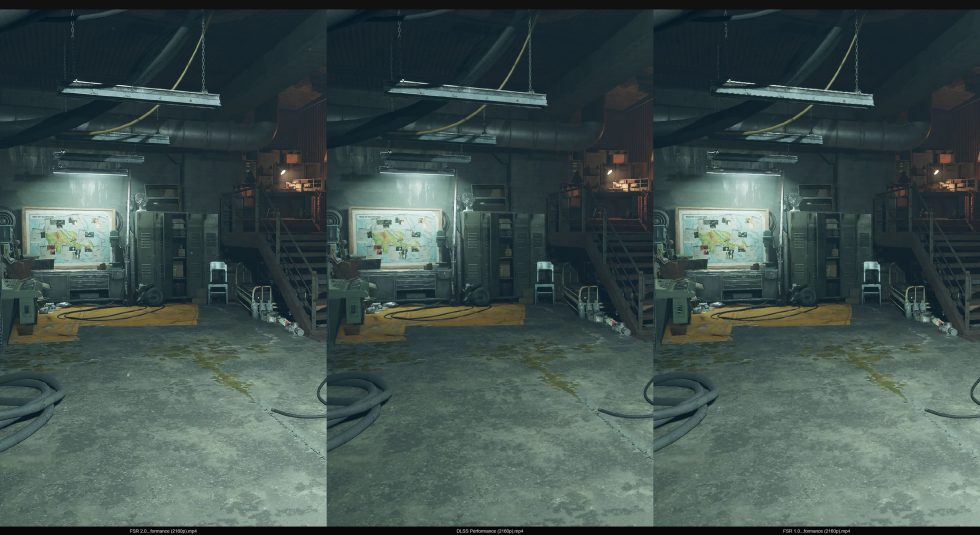

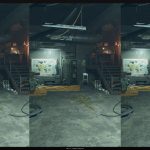
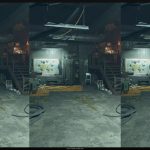
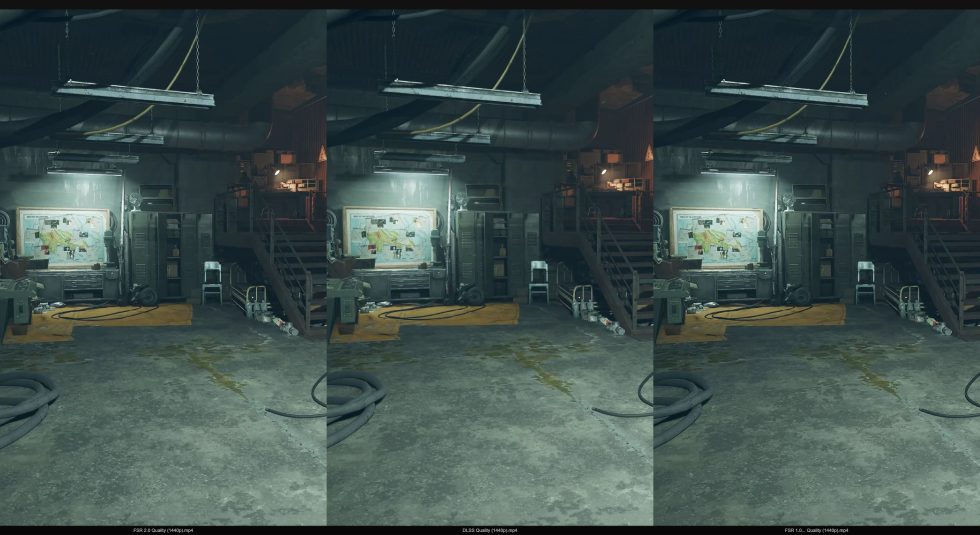
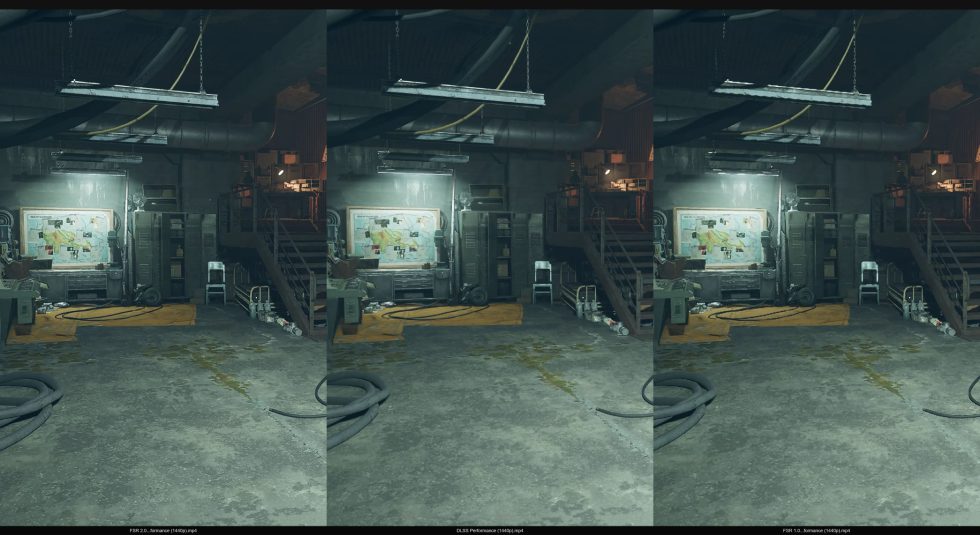



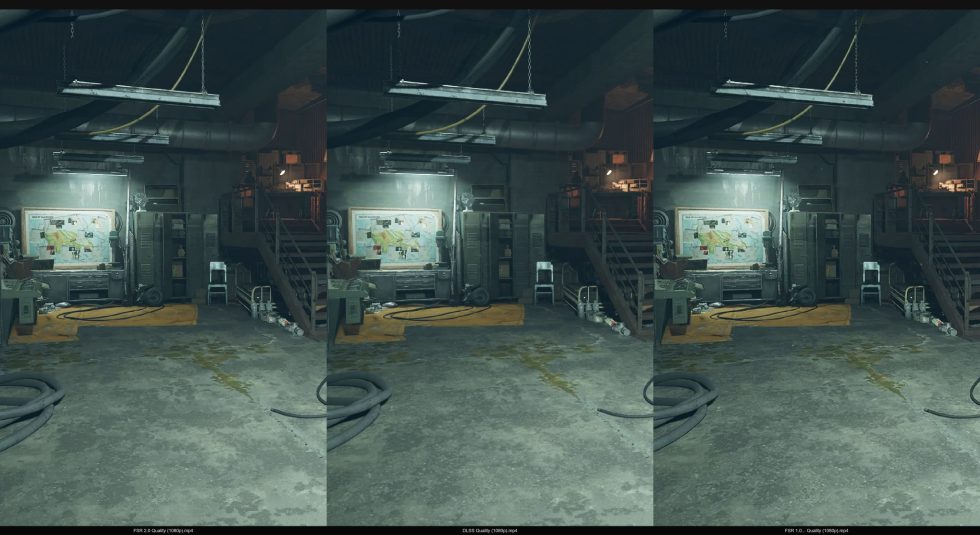
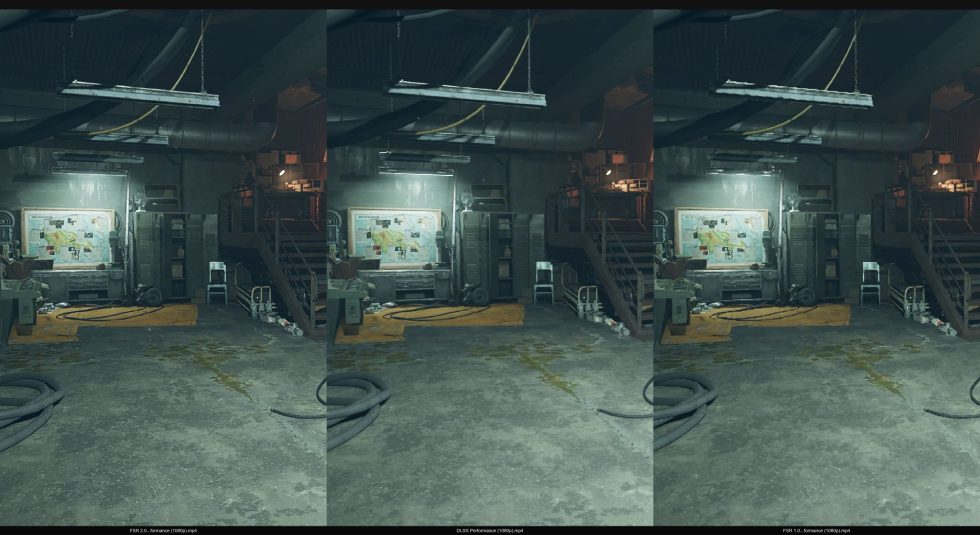





















30 Antworten
Kommentar
Lade neue Kommentare
Urgestein
Urgestein
Urgestein
Urgestein
Moderator
Moderator
Veteran
Moderator
Veteran
Moderator
Urgestein
Veteran
Moderator
Veteran
Moderator
Urgestein
Moderator
Urgestein
Moderator
Alle Kommentare lesen unter igor´sLAB Community →